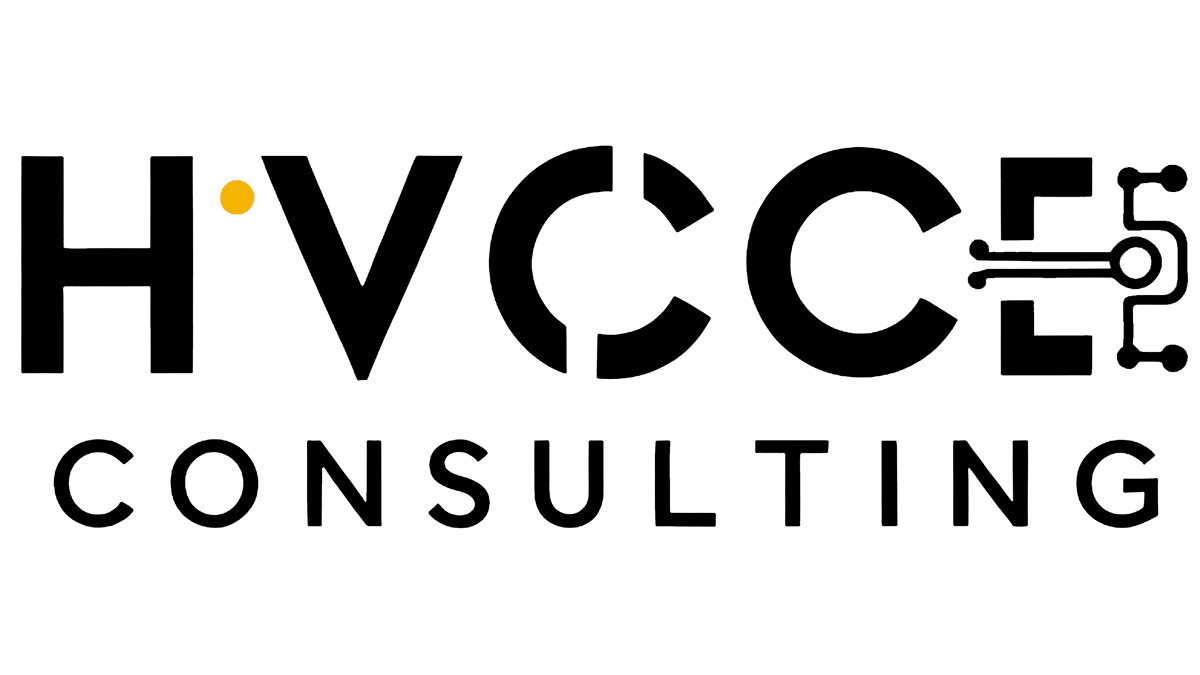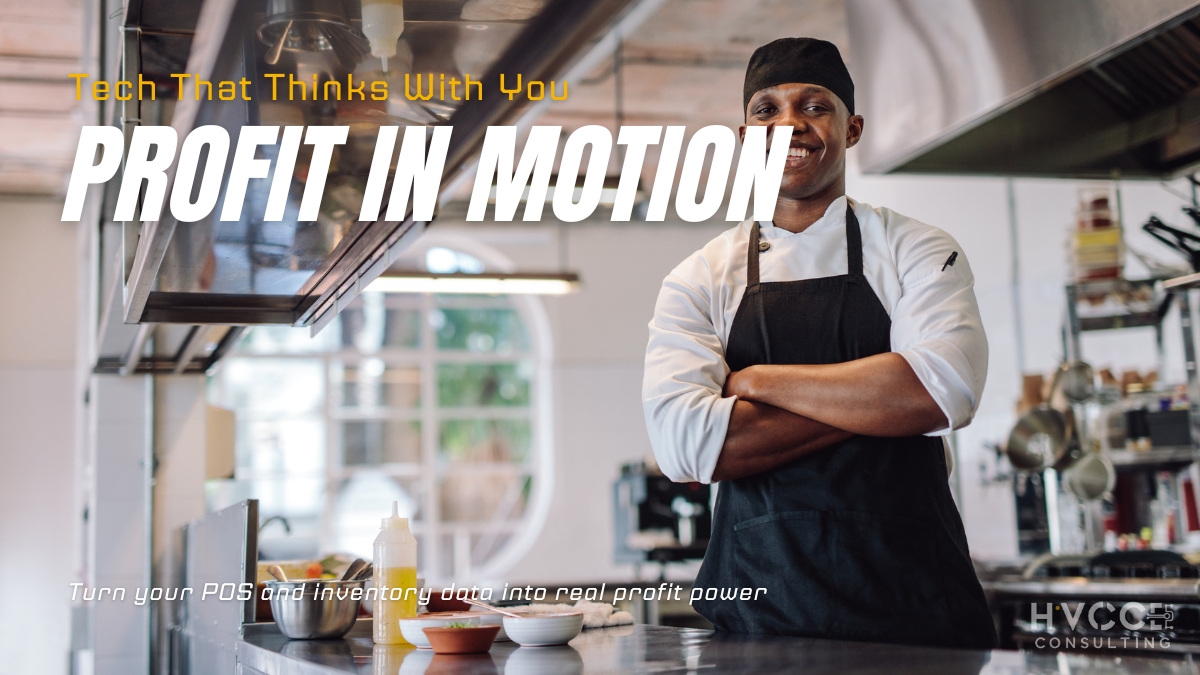

How Can Tech Really Boost Restaurant Profit Margins?
Let’s be honest - most restaurants already have the tech. The POS, the inventory system, the reports that pile up and never quite lead to action. But here's the truth: data alone doesn't increase profit. How you model decisions with that data does.
And that's where quantum thinking - multi-path decision modeling - turns tech into margin.
Tech Without Strategy Is Just Expensive Hardware
If you're a restaurant, bar, or café owner, you've probably been pitched every kind of "smart" solution out there. But real growth doesn't come from adding more tools - it comes from using what you already have to make smarter choices.
You don't need another dashboard. You need a way to see how every decision - a recipe tweak, supplier change, or menu adjustment - impacts your bottom line before you make it.
That's how local operators in Hampton Roads and Coastal Carolina go from guessing to growing.
Your POS Knows More Than You Think
Your POS isn't just a cash register with Wi-Fi - it's a profit model waiting to happen. Every transaction, every modifier, every voided ticket is data.
Start by breaking it down:
-
Identify slow-moving items that eat inventory and tie up labor.
-
Map item performance against dayparts and staffing levels.
-
Spot pricing gaps - items that sell well but underperform in margin.
Instead of staring at end-of-day summaries, use your POS data to run what-if scenarios.
What happens if you raise a menu price by $1? What if you remove that slow-moving cocktail that requires three prep steps and sits on the rail half the night?
That's where the quantum approach kicks in - test multiple potential paths digitally before you commit physically.
(If you’re running a restaurant or café, this step alone could uncover thousands in annual profit.)
Inventory Tech: From Tracking to Forecasting
Inventory systems are usually treated like chores - "Count it, log it, close it." But modern systems are designed to think ahead.
You can model ingredient-level profit shifts like this:
-
Swap one supplier's cost for another's and see the impact across your menu.
-
Track waste patterns and simulate reductions - what’s 5% less waste worth to your net margin?
-
Tie in seasonal menu data and forecast profit per plate, not just food cost percentage.
That's quantum modeling in motion - exploring many futures before picking the best one.
(For bars and breweries, tools like these turn pour costs into precision - learn more in our Bars & Breweries portal.)
Menu Engineering: Where Data Meets Decision
Traditional menu engineering is static: cost, price, profit, done.
Quantum menu engineering is dynamic: cost today, price tomorrow, and profit if you change X, Y, or Z.
Look, I'm not gonna sugarcoat this - it takes some setup. But once your POS and inventory data talk to each other, you can model menu changes like a pro.
Here's what it looks like:
-
You run a simulation removing one underperforming dish.
-
The system recalculates your projected gross margin and labor alignment.
-
You preview how that one change affects total profitability - instantly.
It's the difference between guessing what'll happen and knowing what's likely.
And for wineries or specialty food businesses, this same approach helps predict the impact of seasonal releases or packaging changes.
If We Were You …
Start small. Pick one high-cost category - maybe proteins, or your signature cocktail line. Connect your POS data to your inventory software, and model three scenarios:
-
Current setup (your baseline).
-
Supplier switch (lower cost, same menu).
-
Recipe adjustment (slightly reduced portion, higher perceived value).
Compare the projected margin impact side-by-side. Then, test your best path in reality for 30 days and measure the delta.
That's quantum decision-making in action - using tech to make smarter bets, not bigger guesses.
Command Your Data, Don’t Just Collect It
If you only do one thing after reading this, make it this: stop treating tech like a cost and start using it as your profit lab.
You already have the tools. The next move is learning how to model your future before it happens.
Big thinking. Local food and drink. That’s how Hvcce does it.